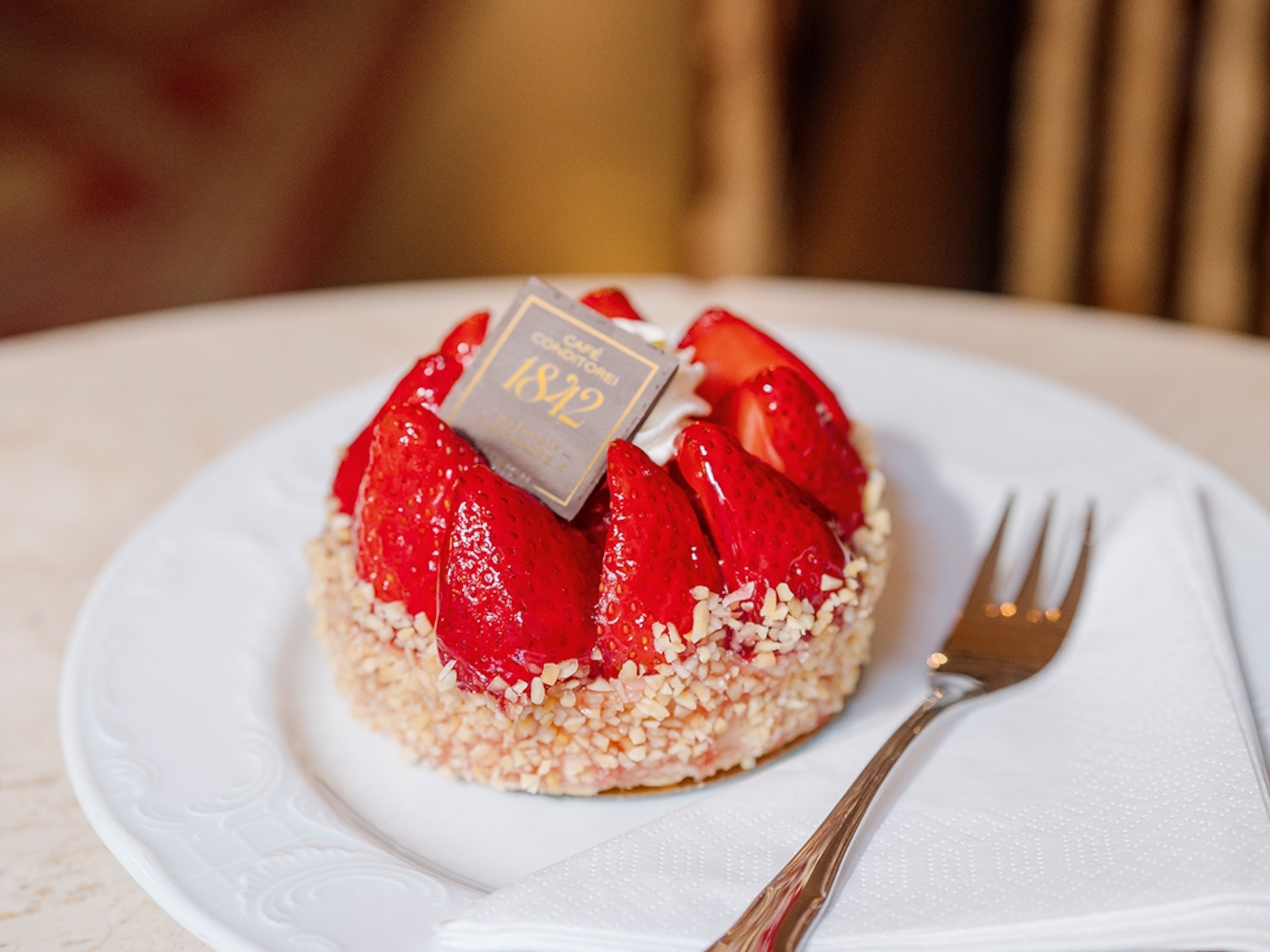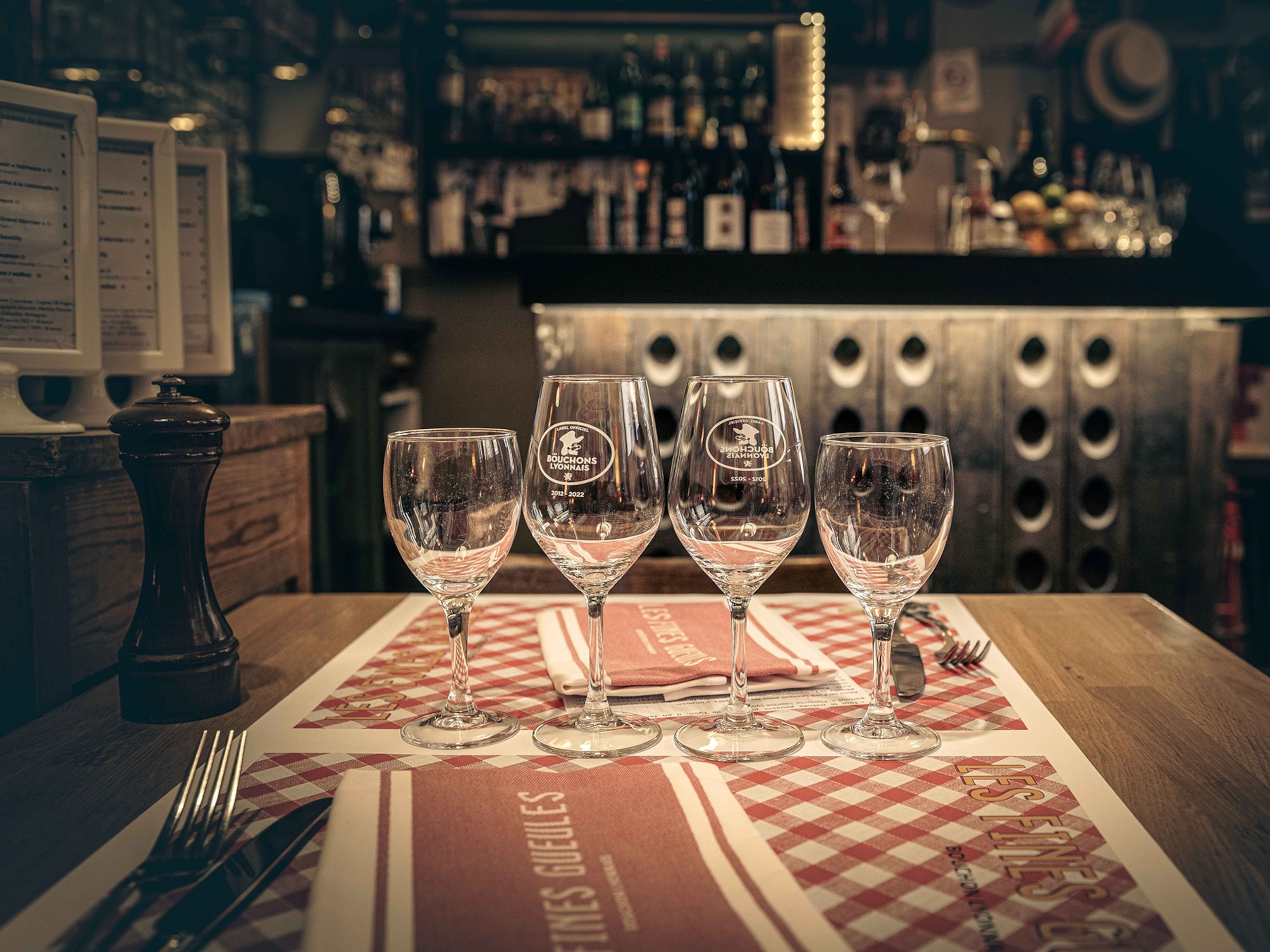7 of the best Romanian Easter dishes
From lamb meatloaf to braided bread, Romanian cookbook author Irina Georgescu shares the dishes that accompany her home country's Easter celebrations.

In Romania, Easter celebrations start on Saturday, Easter Eve, when we gather in church at midnight to cheer the resurrection of Christ. “Cristos a înviat” (Christ has risen), chants the priest to the sea of people in front of him. “Adevărat a-nviat” (indeed he has risen), we reply in one powerful voice rising towards the sky. Then we light candles from one another, and soon the streets turn into streams of flickering holy lights. It’s a soul-stirring spectacle. As the evening grows late, however, our minds turn to food, so we go home for an egg fight, pască (Easter cake) and other seasonal treats.
1. Ciocnit de ouă — cracking eggs
It’s an Easter tradition to crack the shells of hard-boiled eggs by tapping them against each other. Whoever keeps their egg intact wins the egg fight and is said to go on to live the longest life. All the other cracked eggs are peeled and eaten with plenty of spring onions, fresh gherkins and mustard. It’s traditional to dye these eggs red, although blue, yellow and green are also popular. Meanwhile, local artisans use centuries-old techniques to paint hollowed-out eggs with intricate patterns, even embedding tiny beads into the shells.
2. Drob
Easter is the only time most Romanians eat lamb. We think of it as seasonal meat and treasure it so much that nothing goes to waste. Drob is a lamb meatloaf which has hard-boiled eggs in the middle and is traditionally made with offal. It’s wrapped in a delicate caul — a thin animal membrane that works like a sausage casing — and baked. There are modern variations made with minced lamb, where the loaf is either wrapped in crepes or left ‘naked’ and brushed with sour cream and eggs. It’s then served cold as a starter, cut into thick slices.
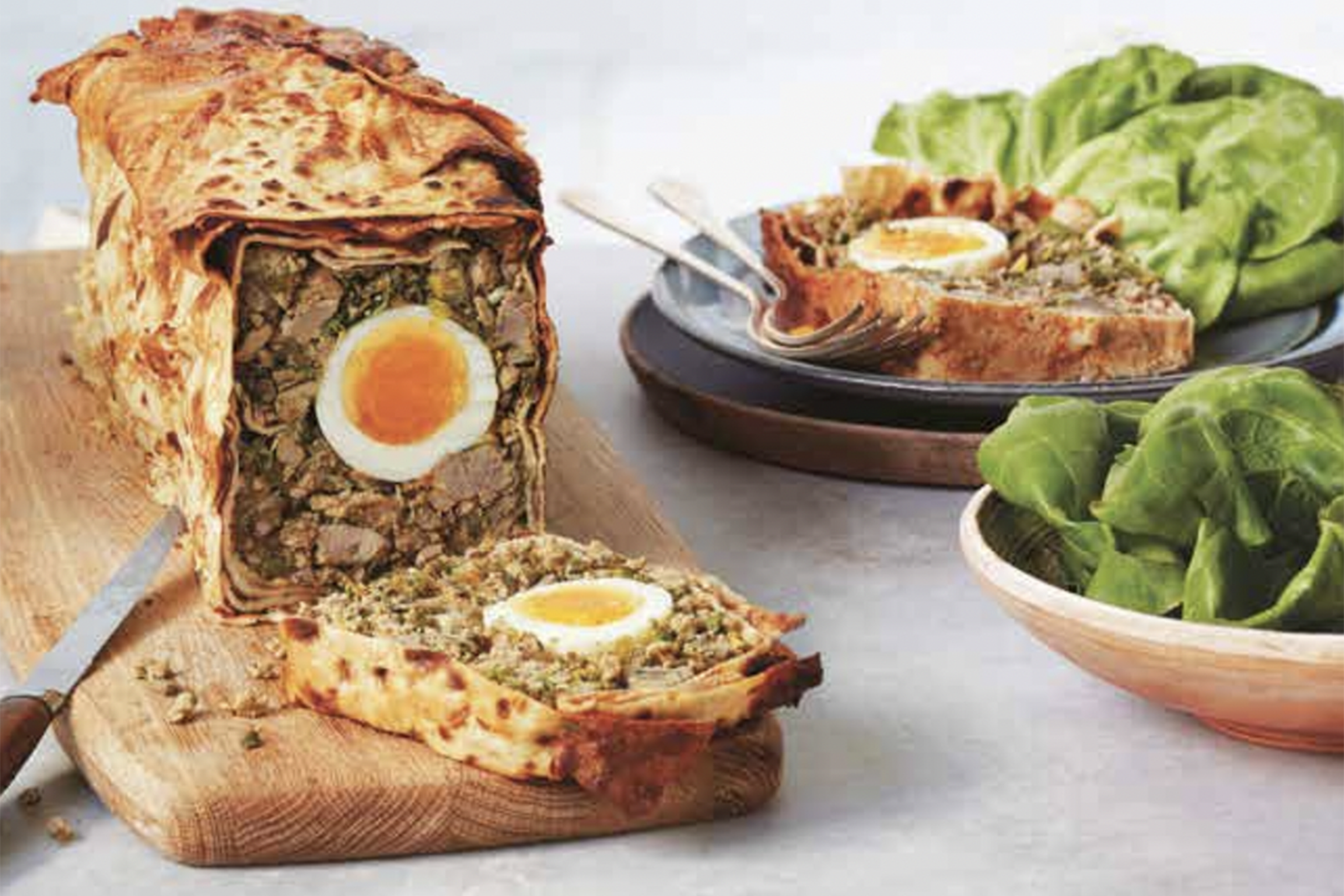
3. Borș de miel
After the eggs and drob, we serve a tangy lamb soup sprinkled generously with lovage. The tang comes from borș, the juice of fermented wheat bran, which is added towards the end of the cooking process. My family prefers a mixture of sour cream and eggs stirred in just before serving. It goes well with slices of mămăligă, a cornmeal porridge that’s been allowed to cool and set.
4. Stufat
This lamb stew is a typical Easter dish. It’s made with diced lamb and the green tops of spring onions and garlic scallions, some of which are braided into a symbolic wreath. People may add nettles, dock and dandelion leaves if they can forage or buy them fresh. It has a savoury-bitter flavour balanced by the addition of freshly squeezed lemon juice and is served with thin slices of lemon and bread.
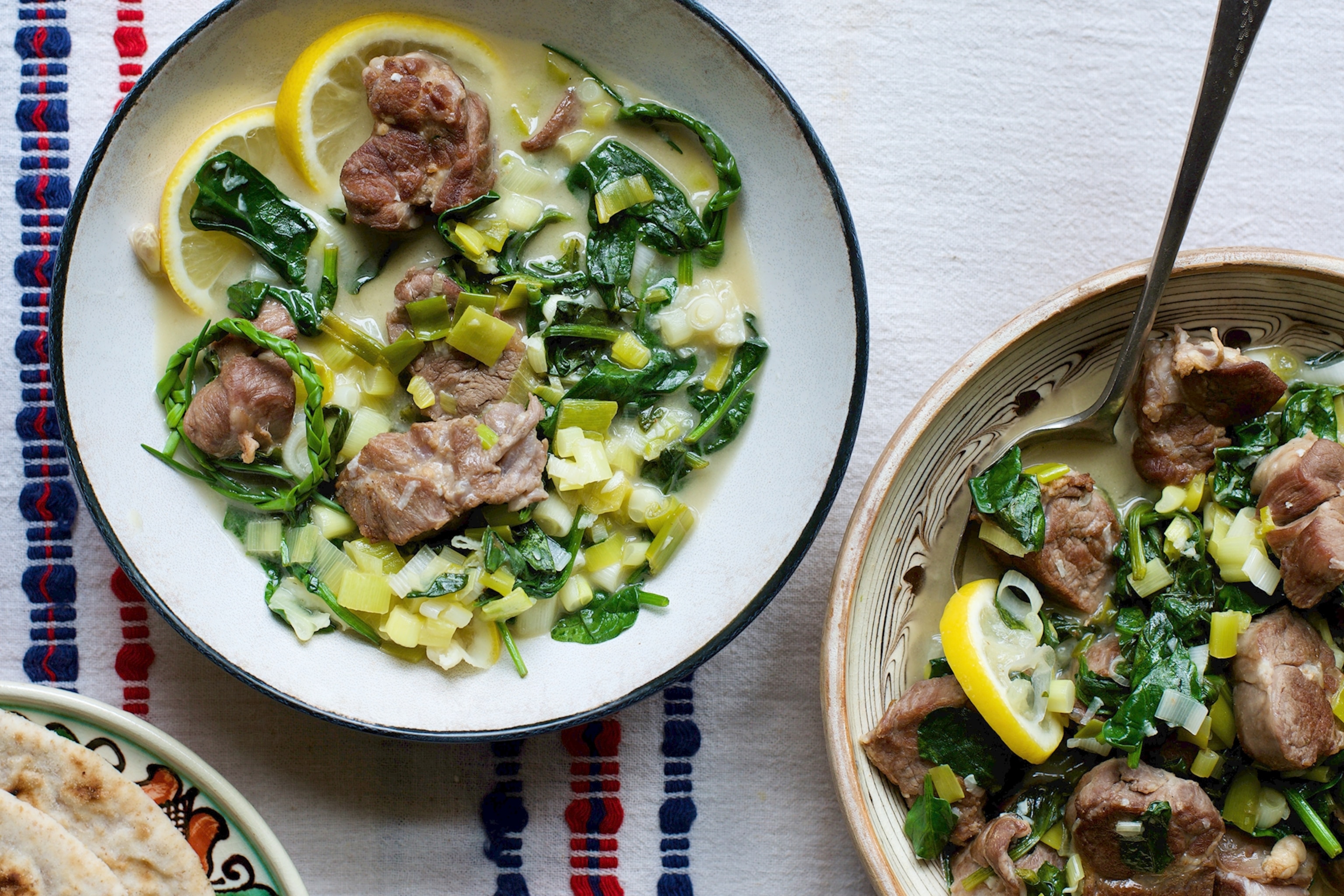
5. Friptură de miel
Romanian Easter roast lamb is a one-tray dish. My mum would stud the meat with garlic cloves, rosemary and winter savoury, then place it on top of sliced potatoes, cover and slow-cook until meltingly soft. It’s a simple dish that really makes the most of the lamb’s sweet flavour. You’ll find it served with a lettuce salad dressed with plenty of freshly squeezed lemon juice and dill. And, as is often the case in Romania, it’s customary to accept seconds as a gesture of appreciation to your host.
6. Pască
Made with curd cheese, flavoured with rum and baked in the middle of a brioche crust perfumed with citrus zest, this quintessential Romanian Easter cake is a real feast. The brioche is often braided in two or three strands, symbolising arms joined in prayer. Curd cheese, with its fresh, milky flavour, is an important ingredient in Romanian baking and, at Easter, takes on a religious meaning, symbolising the purity of Christ.

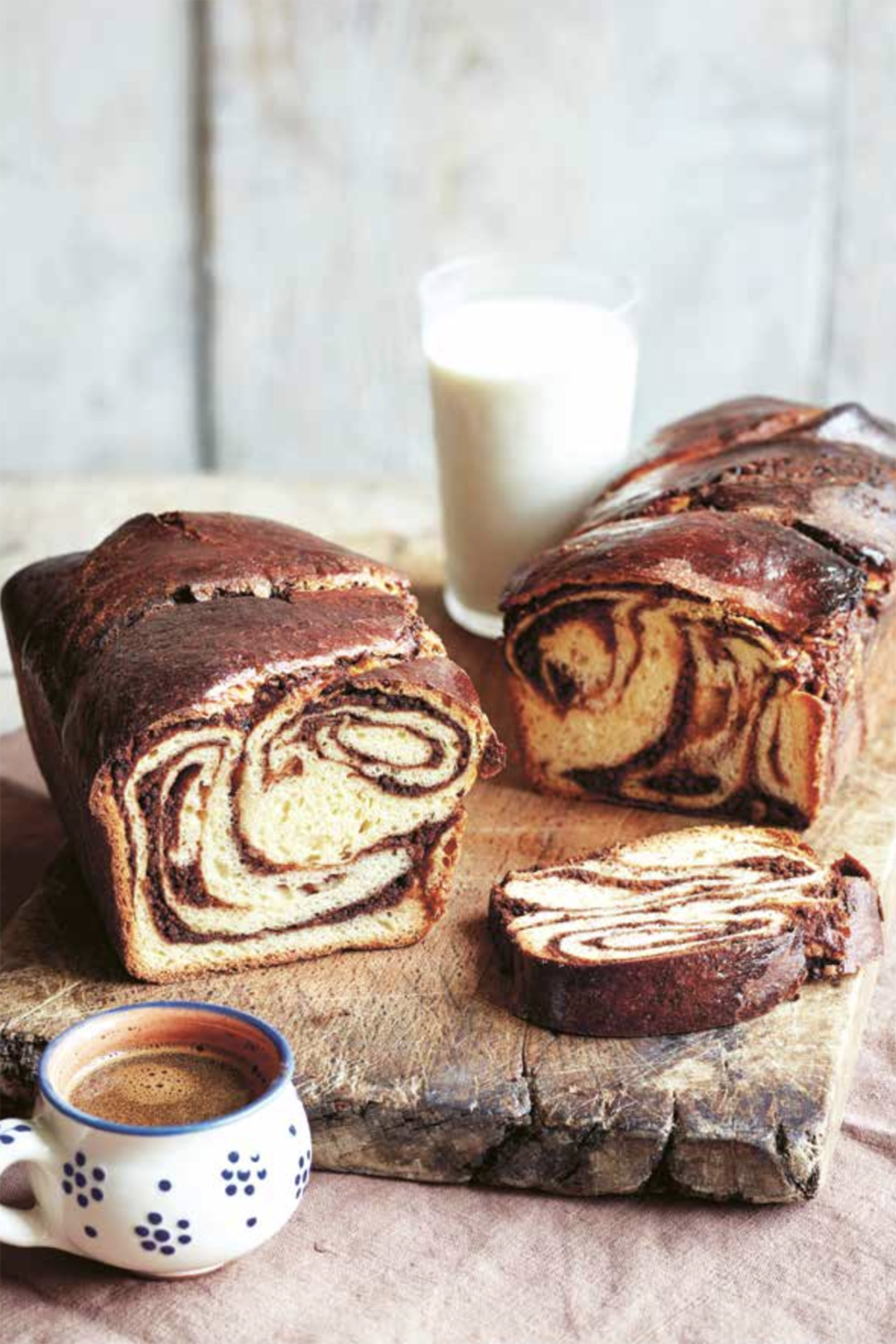
7. Cozonac
This is the traditional Romanian celebration bread for both Easter and Christmas. It’s rectangular and braided in two strands, like a twist. The filling celebrates the previous year's abundance with dried fruits and walnuts. For the Easter Vigil at church, we take baskets with cozonac, painted eggs, and pască to be blessed by the priest. Afterwards, we offer some as alms and take the rest home to share with loved ones.




